A closer
look at
EPP &
XLP
look at
EPP &
XLP
A closer
look at
EPP &
XLP
look at
EPP &
XLP
A closer
look at
EPP &
XLP
look at
EPP &
XLP
The impact of EPP & XLP is more than skin deep
Erythropoietic protoporphyria (EPP) and X-linked protoporphyria (XLP) are rare genetic conditions that can cause painful skin reactions after exposure to light. These conditions are caused by changes in specific genes: FECH in EPP and ALAS2 in XLP.
These genetic defects interfere with your body’s ability to make heme—an essential component of red blood cells. As a result, a photoreactive molecule called protoporphyrin IX (or PPIX, pronounced “PP-nine”) builds up in the body.
When too much PPIX accumulates, the effects can reach far beyond the skin.
EPP & XLP can affect the whole body
EPP and XLP don’t stop at the skin—they can also have wide-reaching effects on your body and your mental health.
See the effects of PPIX buildup
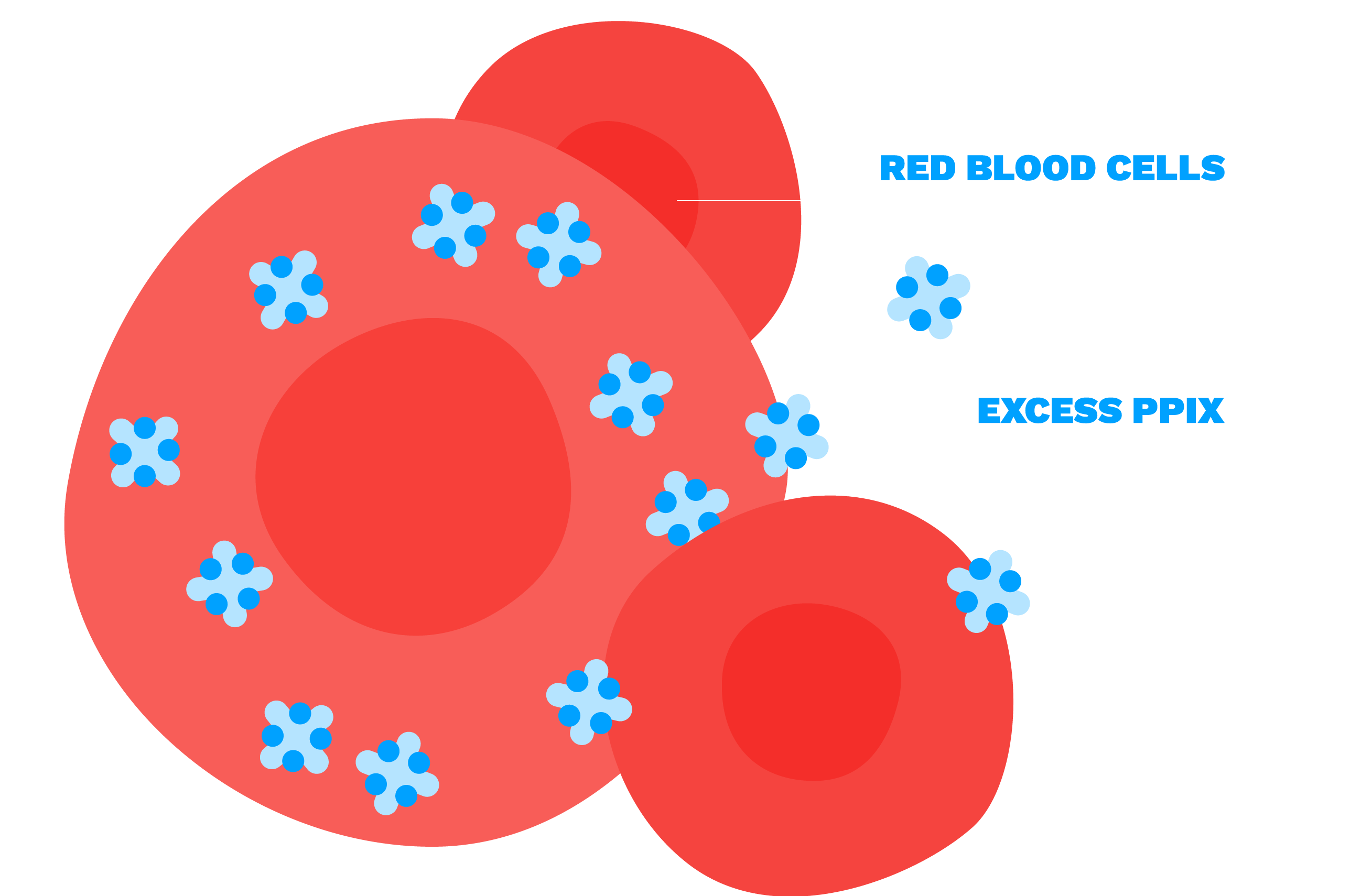
PPIX BUILDS UP
Genetic defects lead to PPIX accumulation in red blood cells. When there's too much PPIX, it leaves the red blood cells and moves into the bloodstream, where it sticks to proteins. From there, it can travel to and collect in parts of the body like the skin, liver, and other organs.
See the effects of PPIX buildup
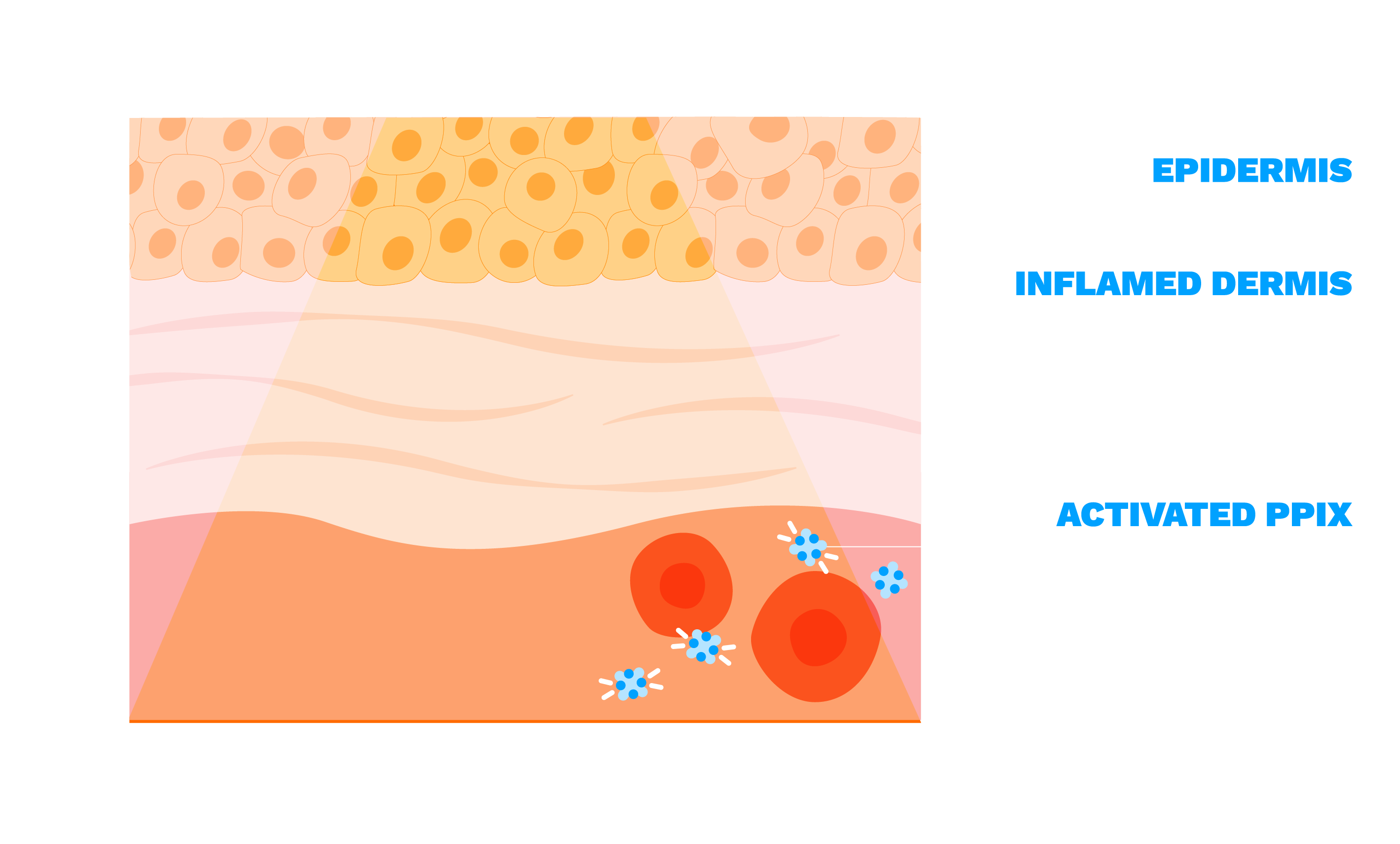
LIGHT ACTIVATES PPIX
Sunlight (and sometimes certain sources of artificial light, like indoor lighting or computer screens) activates PPIX, causing inflammation and organ and tissue damage inside the body.
See the effects of PPIX buildup
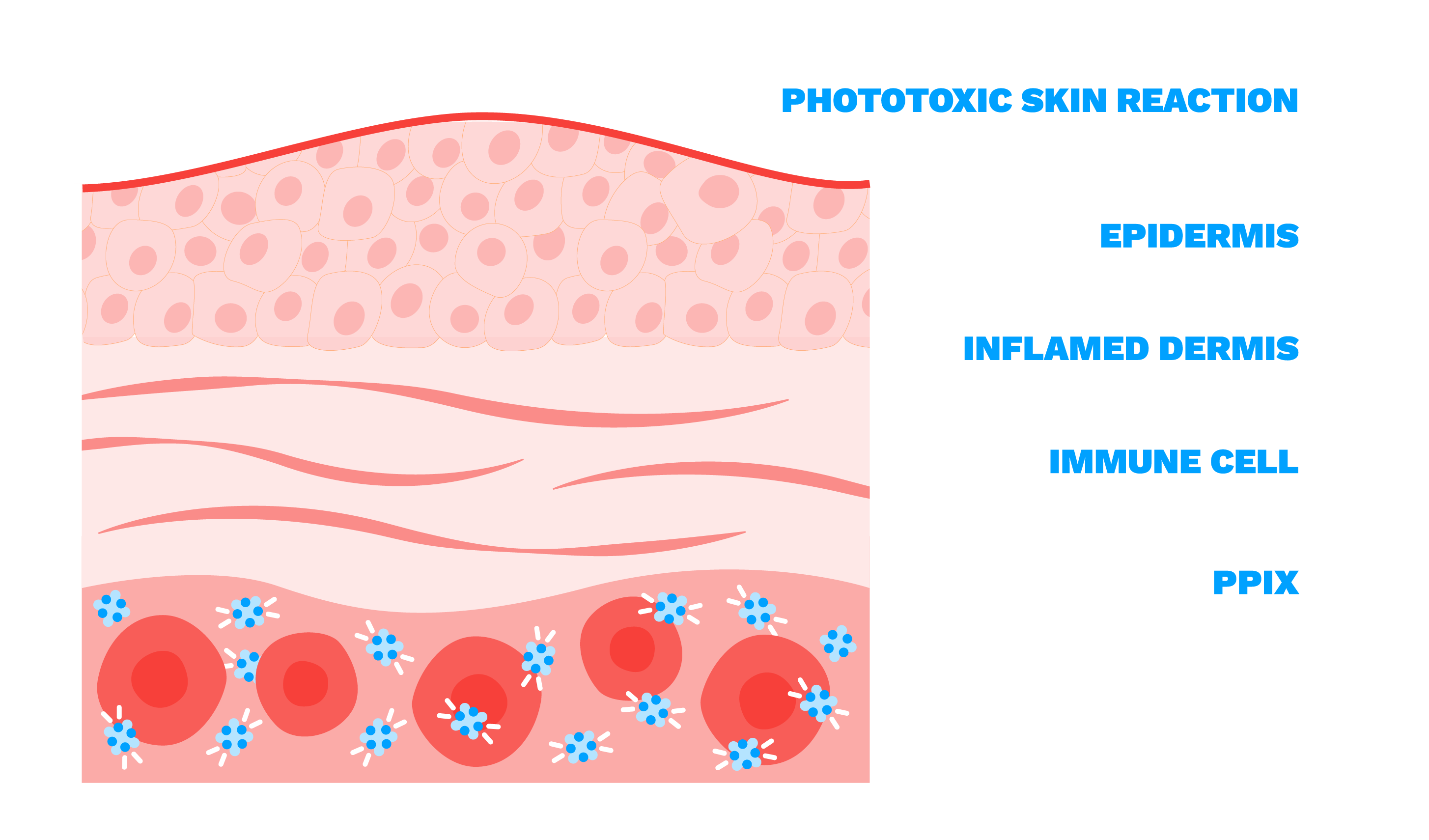
SKIN REACTIONS CAN OCCUR
PPIX activation can cause pain, swelling, and redness.
See the effects of PPIX buildup
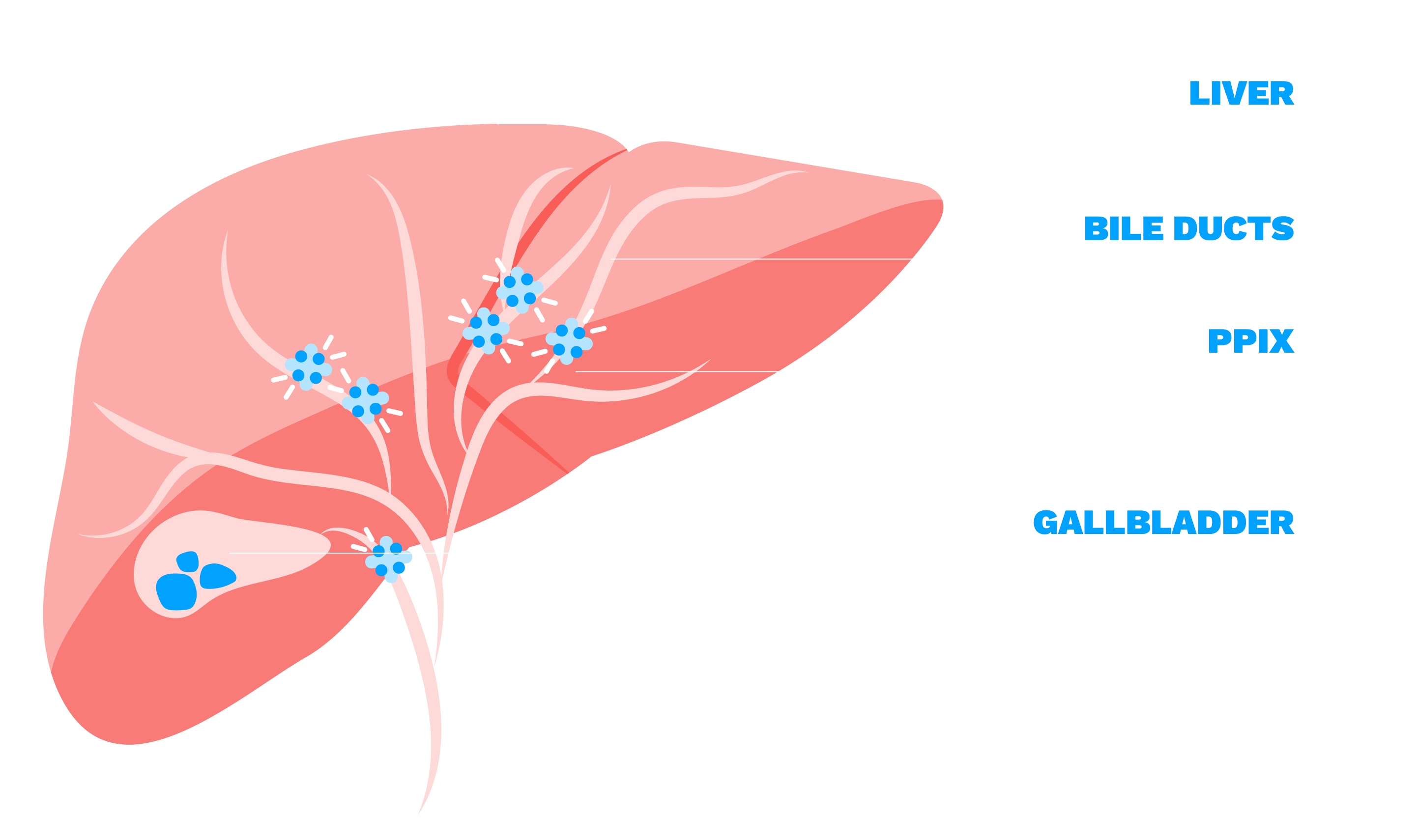
PPIX BUILDUP CAN IMPACT THE LIVER
PPIX can build up in the liver and gallbladder, leading to serious long-term complications like liver failure and gallstones. Gallstones further impair the liver’s ability to clear excess PPIX, creating a vicious cycle of ongoing accumulation.
PPIX levels can provide insight into potential symptom severity
Although light exposure triggers the painful skin reactions EPP and XLP are known for, the root cause of your condition is the buildup of PPIX in your body.
Avoiding light might help manage surface-level skin symptoms, but it doesn’t stop the accumulation of PPIX or prevent some of the serious, long-term complications that can occur in EPP and XLP.
Higher levels of PPIX in people with EPP or XLP have been linked to:
- Symptoms starting at a younger age
- Less ability to tolerate light
- Development of liver and gallbladder complications
In their own words:
“The thing is, people can’t see [how your disease affects you]. It’s hard to explain when you can’t show them that you’ve got a cut or something else. You just have extreme pain.”
— Person living with EPP